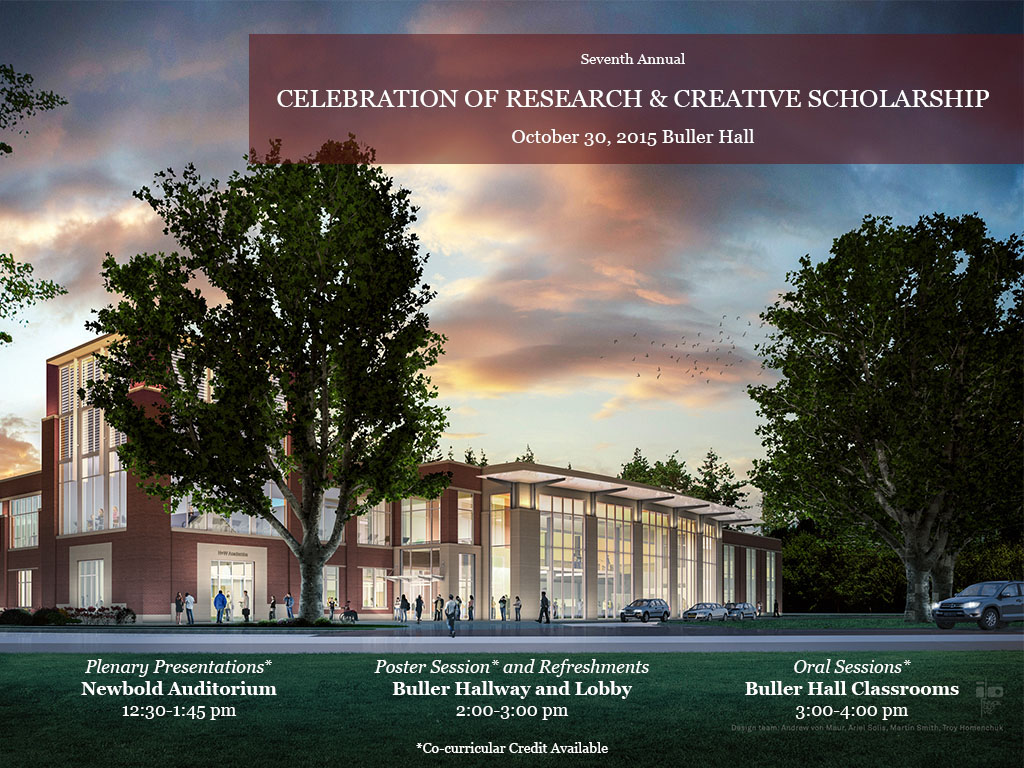Presentation Title
Presenter Status
Assistant Professor, Department of Social Work
Preferred Session
Poster Session
Start Date
30-10-2015 2:00 PM
End Date
30-10-2015 3:00 PM
Presentation Abstract
Of the 1.2 million individuals living with HIV, African Americans continue to be the most adversely impacted population in the U.S. (CDC, 2015). While there has been a decrease over time in new HIV infections among this population, statistics indicate that in 2012, African Americans accounted for almost half of those living with HIV (47%) in the U.S. (CDC, 2015). Among those infected men who have sex with men (MSMs), heterosexual males, and heterosexual females account for highest rates of infection among this group in 2010 (CDC, 2015). Among females, African American women continue to lead in both incidence and prevalence of HIV (CDC, 2015). While several social and ecological factors have been noted for African Americans (CDC, 2015), other sub-populations of individuals of African descent in the United States remain largely unexplored.
In order to address this gap, a qualitative phenomenological study utilizing the Stevick-Colazzi-Keen Method of Qualitative Phenomenological Analysis (Creswell, 2007; Moustakas, 1994) was conducted with eight Afro-Caribbean immigrant women in the New York Metropolitan Area to further explore their life experiences living with HIV in the U.S. Study results yielded findings that highlight the challenges, life lessons, and importance of formal and informal networks, culture, stigma and a redefinition of self after an HIV diagnosis. These findings have implications for policy, culturally based interventions for immigrant women living with HIV and human service agencies and workers.
P-16 The Life Experiences of Afro-Caribbean Immigrant Women Living with HIV: A Phenomenological Investigation
Of the 1.2 million individuals living with HIV, African Americans continue to be the most adversely impacted population in the U.S. (CDC, 2015). While there has been a decrease over time in new HIV infections among this population, statistics indicate that in 2012, African Americans accounted for almost half of those living with HIV (47%) in the U.S. (CDC, 2015). Among those infected men who have sex with men (MSMs), heterosexual males, and heterosexual females account for highest rates of infection among this group in 2010 (CDC, 2015). Among females, African American women continue to lead in both incidence and prevalence of HIV (CDC, 2015). While several social and ecological factors have been noted for African Americans (CDC, 2015), other sub-populations of individuals of African descent in the United States remain largely unexplored.
In order to address this gap, a qualitative phenomenological study utilizing the Stevick-Colazzi-Keen Method of Qualitative Phenomenological Analysis (Creswell, 2007; Moustakas, 1994) was conducted with eight Afro-Caribbean immigrant women in the New York Metropolitan Area to further explore their life experiences living with HIV in the U.S. Study results yielded findings that highlight the challenges, life lessons, and importance of formal and informal networks, culture, stigma and a redefinition of self after an HIV diagnosis. These findings have implications for policy, culturally based interventions for immigrant women living with HIV and human service agencies and workers.



